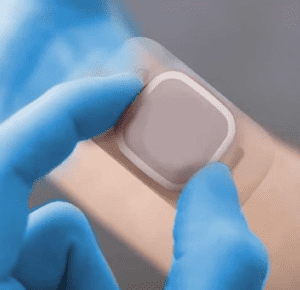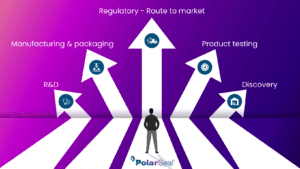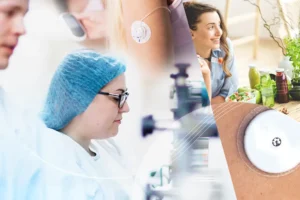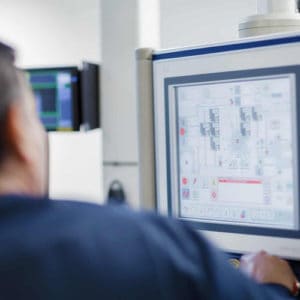Medical tapes & adhesives
Selecting optimal medical adhesives
Working closely with companies and individuals across all industry sectors, we select the optimal adhesive for your product functionality.
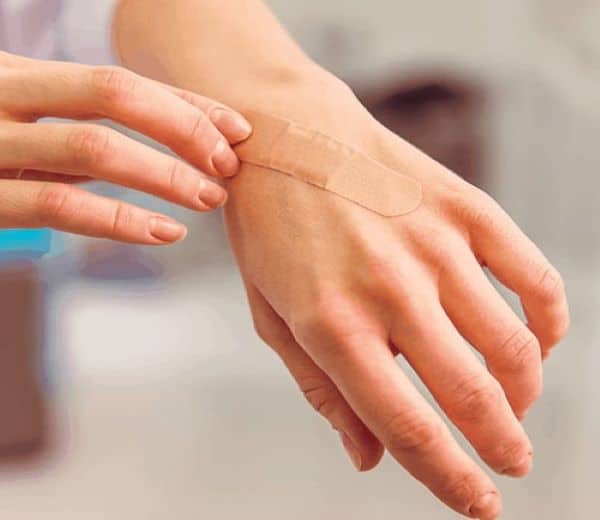
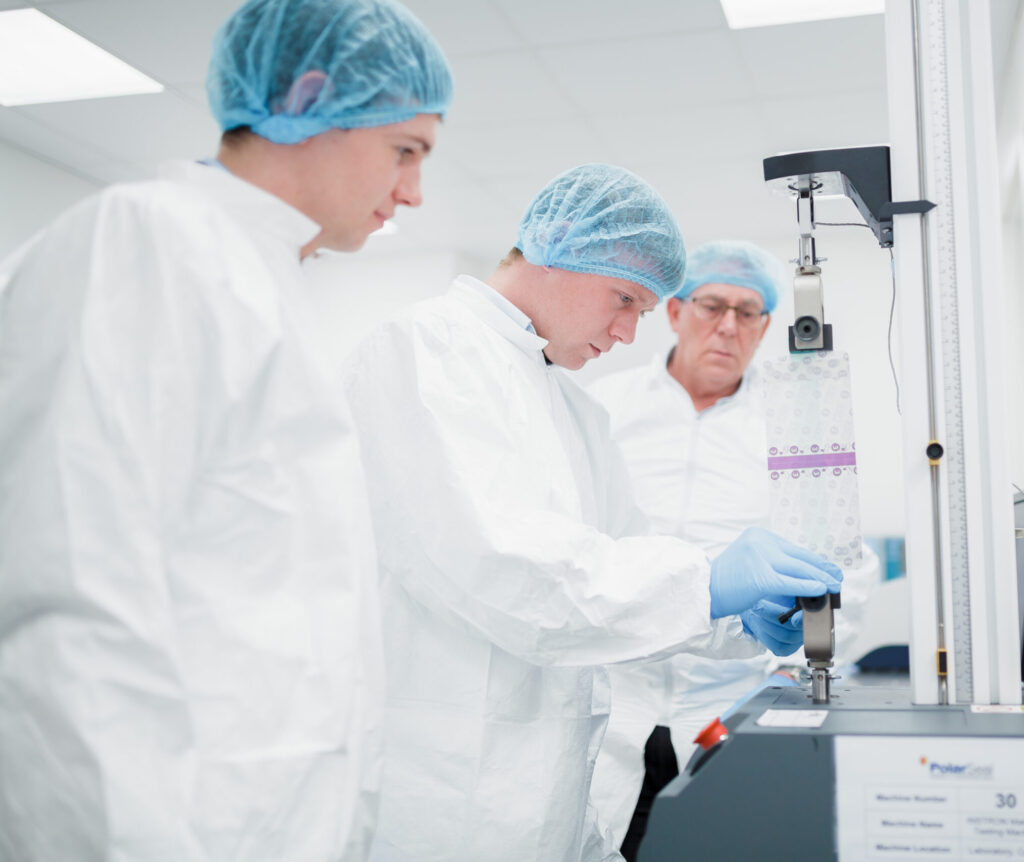
Adhesive selection
Our advanced knowledge of manufacturing and engineering alongside end-user requirements and that of our partners means that we will be able to identify the optimal medical adhesive and material combination for your product.
The key function or purpose of your medical device will dictate the adhesive and backing types used. For instance, a wound care product designed to cover a joint will need to be manufactured using a medical adhesive and materials that can withstand a higher degree of movement and perspiration than say a medical tape required for surgical procedures.
Many other factors need to be considered before the final selection is made, such as expected duration of wear, likely skin fragility, and or sensitivity of the average user, and the degree of breathability required. We will ask you several questions to ensure we fully understand your project and the device’s technical requirements before proposing our solution.
In many instances, combining several medical-grade adhesives and materials will provide the best solution. A good example of this is combining a soft silicone gel adhesive with an acrylic adhesive in a double-coated tape for device, sensor, and multi-layered dressing construction.
Medical grade adhesives
We are highly experienced in manufacturing a wide range of products using several medical adhesives that we formulate.
Selecting the correct adhesive for your device is crucial because when the adhesion is too low, the device may not stay in place long enough for the full therapeutic effect and if it adheres too well, the tape may cause some mechanical trauma at removal.
Our adhesives fall into 4 categories; silicone; acrylic; synthetic rubbers; and hydrocolloid.
Silicone adhesives
Medical silicone adhesives are gentle and breathable. They adhere well during device attachment and cause low mechanical trauma during removal for a wide range of skin types, including fragile skin. Due to it’s composition, medical devices that use silicone adhesive can usually be removed and re-positioned several times.
Acrylic adhesives
Acrylic pressure-sensitive adhesives are breathable, permeable to water vapor, and do not leave a residue upon removal. These adhesives enable a dressing to be worn for a period of time whilst maintaining good skin conditions due to their breathability. They are also more stretchable than rubber alternatives.
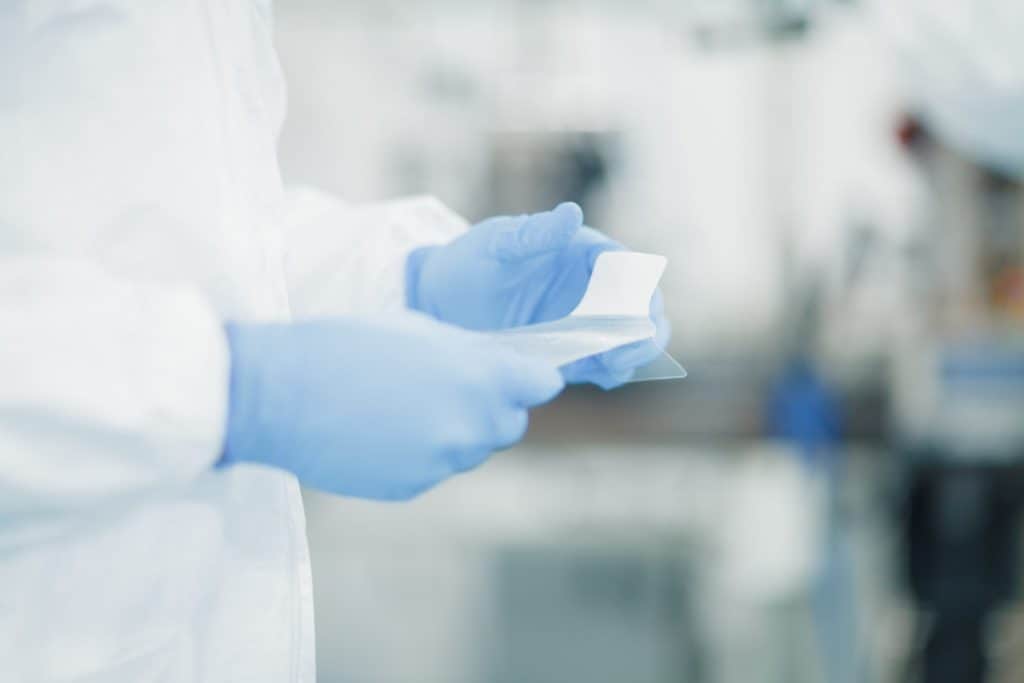
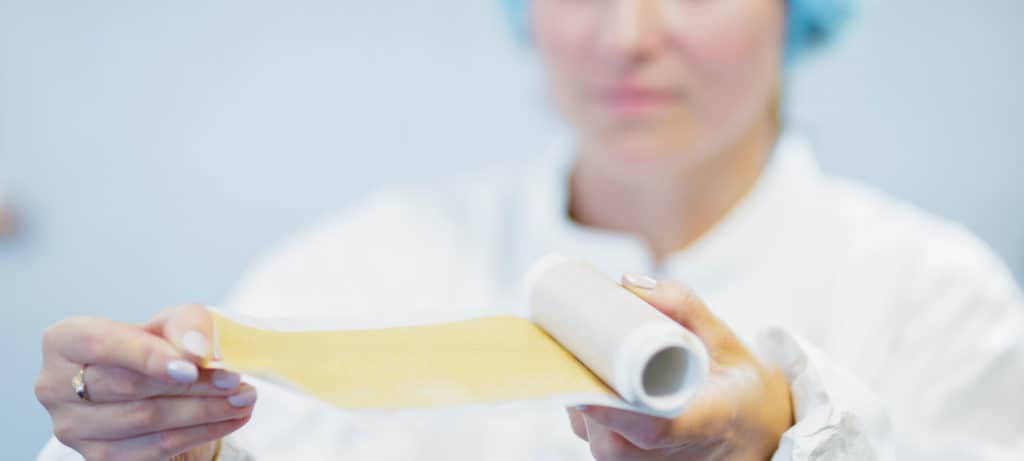
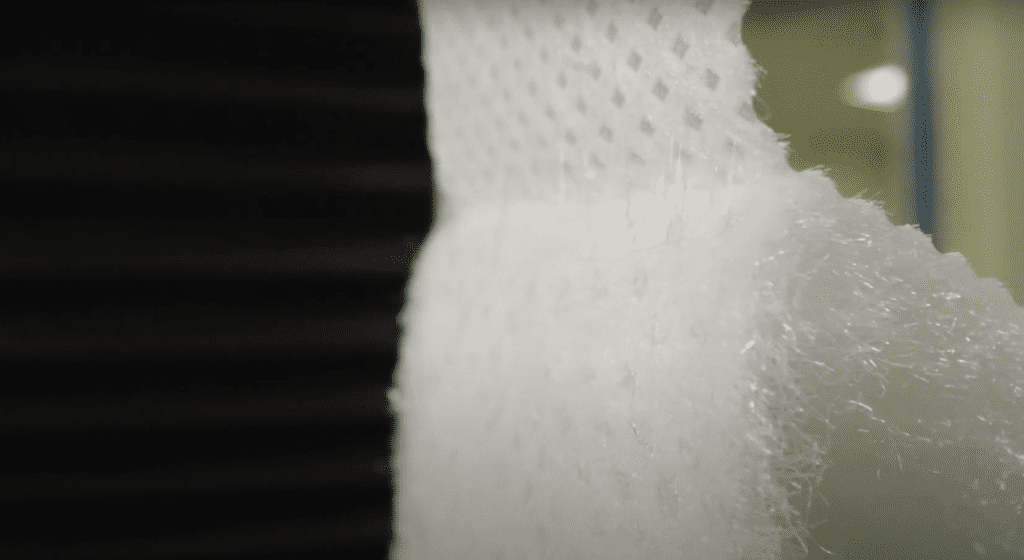
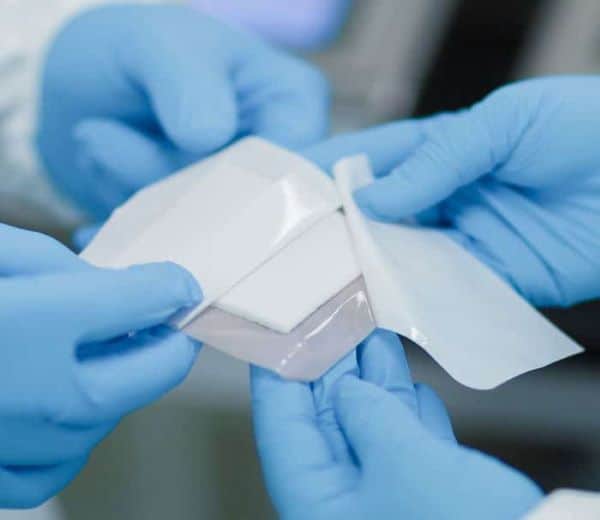
Synthetic rubber adhesives
Synthetic rubber adhesives are strong, show high adhesion to skin, and other materials, such as surgical drapes, and can be more cost-effective than silicone or acrylic alternatives. This type of adhesive is best used for products that are designed to have a short-term use and/or a singular application. This is because they are not breathable and they are likely to leave adhesive residue when peeled.
Hydrocolloid adhesives
A hydrocolloid dressing is biodegradable, breathable, and adheres to the skin, so no separate taping is needed. In contact with wound exudate, the adhesive absorbs water and swells, forming a gel. The moist conditions produced under the dressing promote wound healing, without causing softening and breaking down of tissue. Most hydrocolloid dressings are waterproof, allowing normal washing and bathing. The dressings can be worn for several days and can be removed easily, without leaving a residue.
Bespoke tapes & adhesives
With close partnerships with world-leading adhesive coaters, we create, manufacture, and supply bespoke adhesive solutions on a global scale. We ensure your product performs to optimum functionality by creating new adhesives that meet the specification and properties required. This can also save you time and money by removing manufacturing processes such as heat-treating, resulting in decreased production cost.


